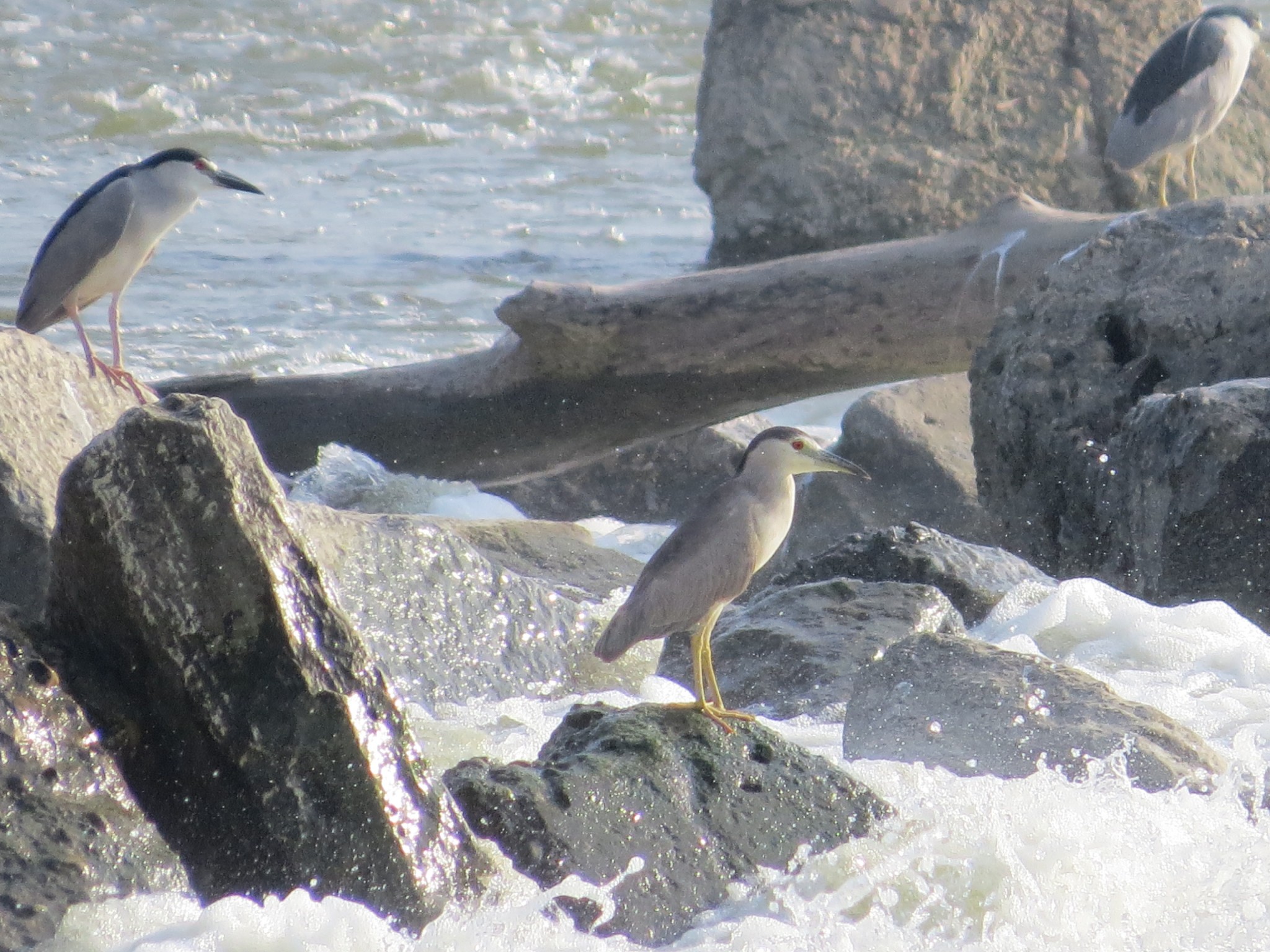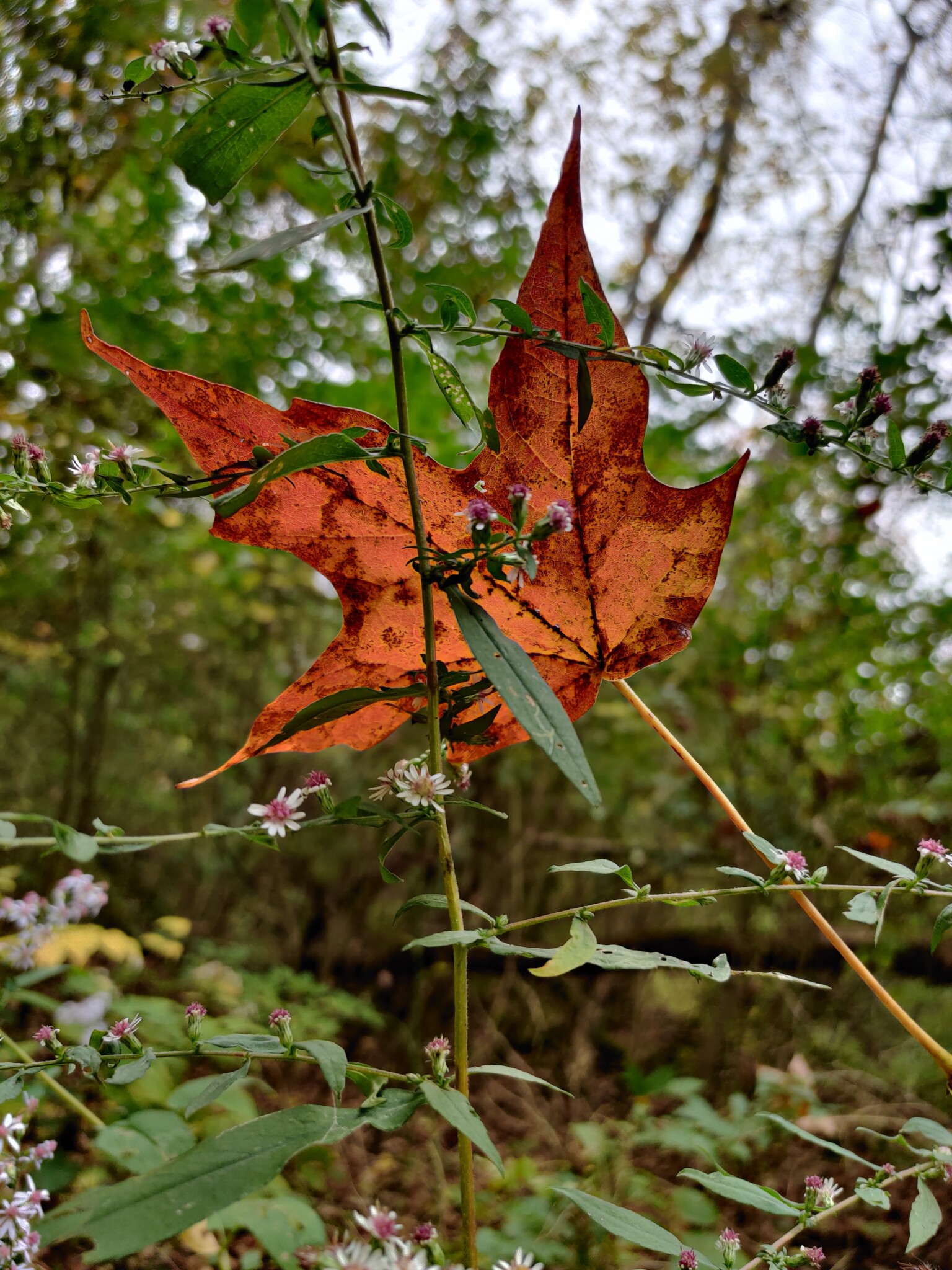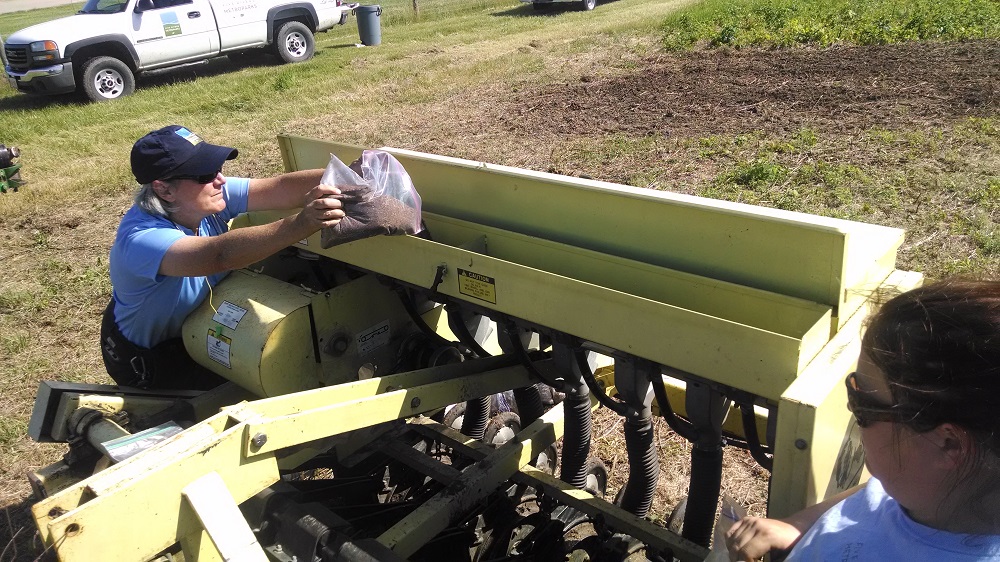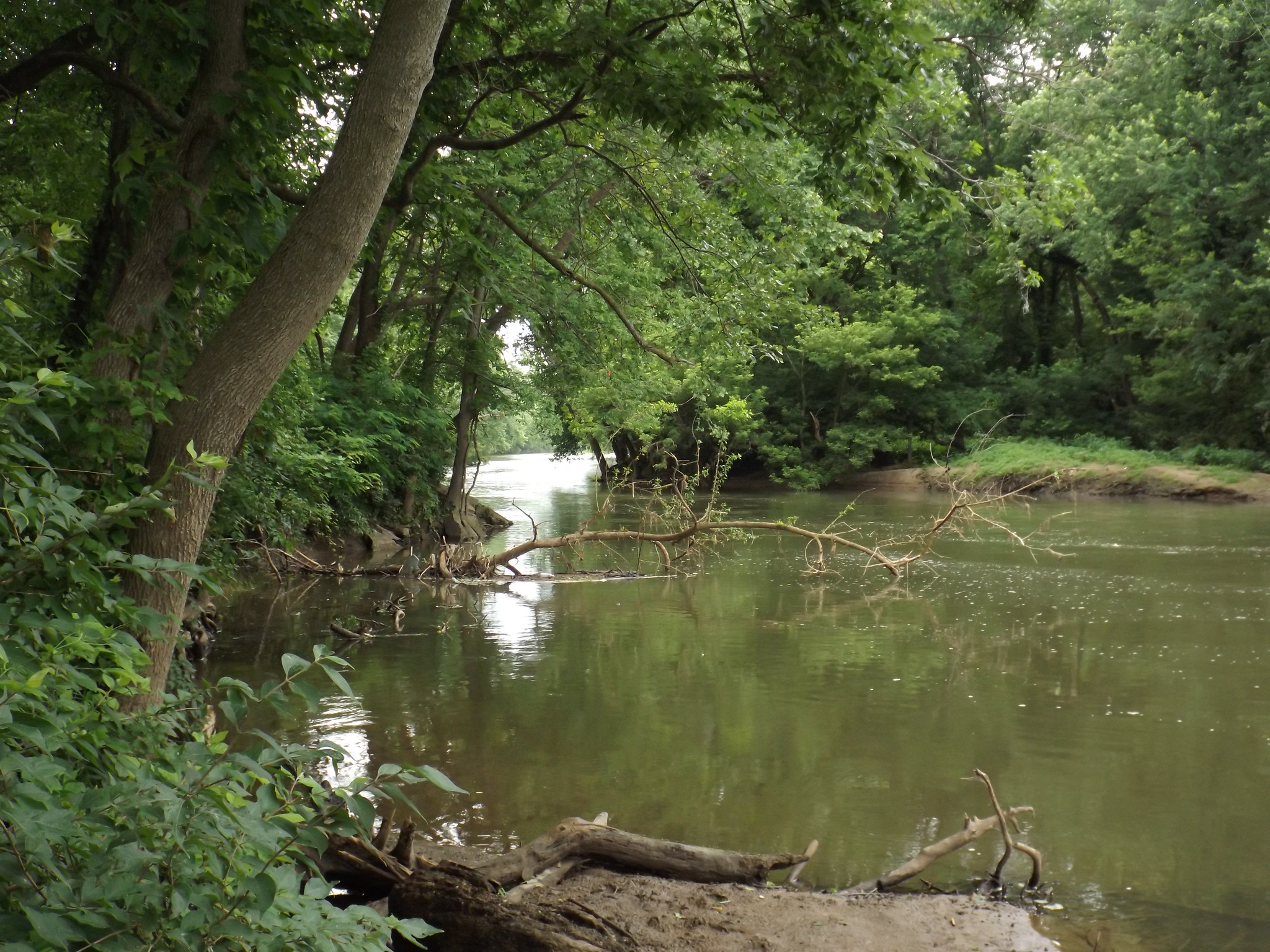Published September 22, 2016
Habitat Restoration for the Birds
Heads up! This article was published 8 years ago.
A state-listed threatened species in Ohio is coming home to roost.
Black-crowned night herons historically nested and colonized at Island MetroPark but have been rare in more recent years, abandoning the area after invasive species took over the land. Now, they’re back — and MetroParks is welcoming them with a habitat restoration project to make sure the park is, indeed, a home sweet home.
The herons prefer the southern portion of Island MetroPark near the dam. Five Rivers MetroParks is restoring the location, as it’s one of the only places in the region the herons have been spotted. In April 2016, staff and volunteers planted 200 potted trees, shrubs and other plants to create habitat for the herons.
Mostly active at night or at dusk, the herons forage in wetlands and breed in colonies of stick nests usually built over water. They require an aquatic habitat for foraging and terrestrial vegetation for cover, with a habitat more common in wetlands.
“Black-crowned night herons are rare in the Dayton region, which is one reason we wanted to enhance their habitat,” said Michael Enright, interim director of conservation. “We’re taking out the invasive plants, such as honeysuckle, which isn’t a good roosting or nesting shrub, and bringing back native trees and shrubs.”
The herons nest colonially, usually with at least a dozen nests, and can remain in one place for 50 years or more.
Best Places to Bird Watch
Five Rivers MetroParks manages land that’s home to an amazing diversity of birds. Below are some of the best parks for observing these beautiful winged creatures:
- Carriage Hill MetroPark’s Cedar Lake and North Woods Pond are home to a variety of waterfowl, such as green herons, wood ducks and ring-necked ducks. Hike the nature trails to see hummingbirds in the prairie and pine warblers along areas where there are cedar trees.
- Cox Arboretum MetroPark’s bird blind provides opportunities for bird and wildlife viewing in an area that includes two wetlands and 13 acres of prairie. Redwing blackbirds and common yellowthroat warblers are often seen.
- Eastwood MetroPark is home to birdwatchers’ fave couple, American bald eagles Jim and Cindy. If you have a spotting scope, Eastwood is a great place to spot such ducks as buffleheads, common goldeneye, scaup and sometimes even common loons.
- Englewood MetroPark is a birdwatcher’s paradise, as its variety of habitats means it has great avian diversity as well. Spot buffleheads, ruddy ducks, redheads, American coots, grebes and sometimes blue-winged teal in the swamp just north of the lower lake parking lot. The rivers are full of migrating waterfowl. At the wildlife area in North Park, 500 Old Springfield Rd., see purple martins and herons. Take the small trail by Thompson Shelter and head toward the river to see many kinds of birds, such as the belted kingfisher and prothonotary warbler.
- Germantown MetroPark is designated as an Important Bird Area by the National Audubon Society and a Watchable Wildlife viewing site by Ohio Department of Natural Resources. The 1.6-mile silver trail takes you by Twin Creek and through a variety of habitats where you can spot warblers, hawks and other birds and includes a wildlife viewing station that allows a peek into a wetland.
- Huffman MetroPark is an excellent place to view migrating ducks. Huffman Lake, the Mad River and natural vegetation provide a welcoming home to birds.
- Possum Creek MetroPark is home to tall grass prairies, Argonne Lake and ponds that provide habitat for a variety of birds. Argonne Lake is a great place to watch a variety of ducks. At the Wildlife Pond, spot belted kingfishers, green and blue herons, and the yellow breasted chat. Look in the thicket and brush areas that border the prairies on the west side trails.






